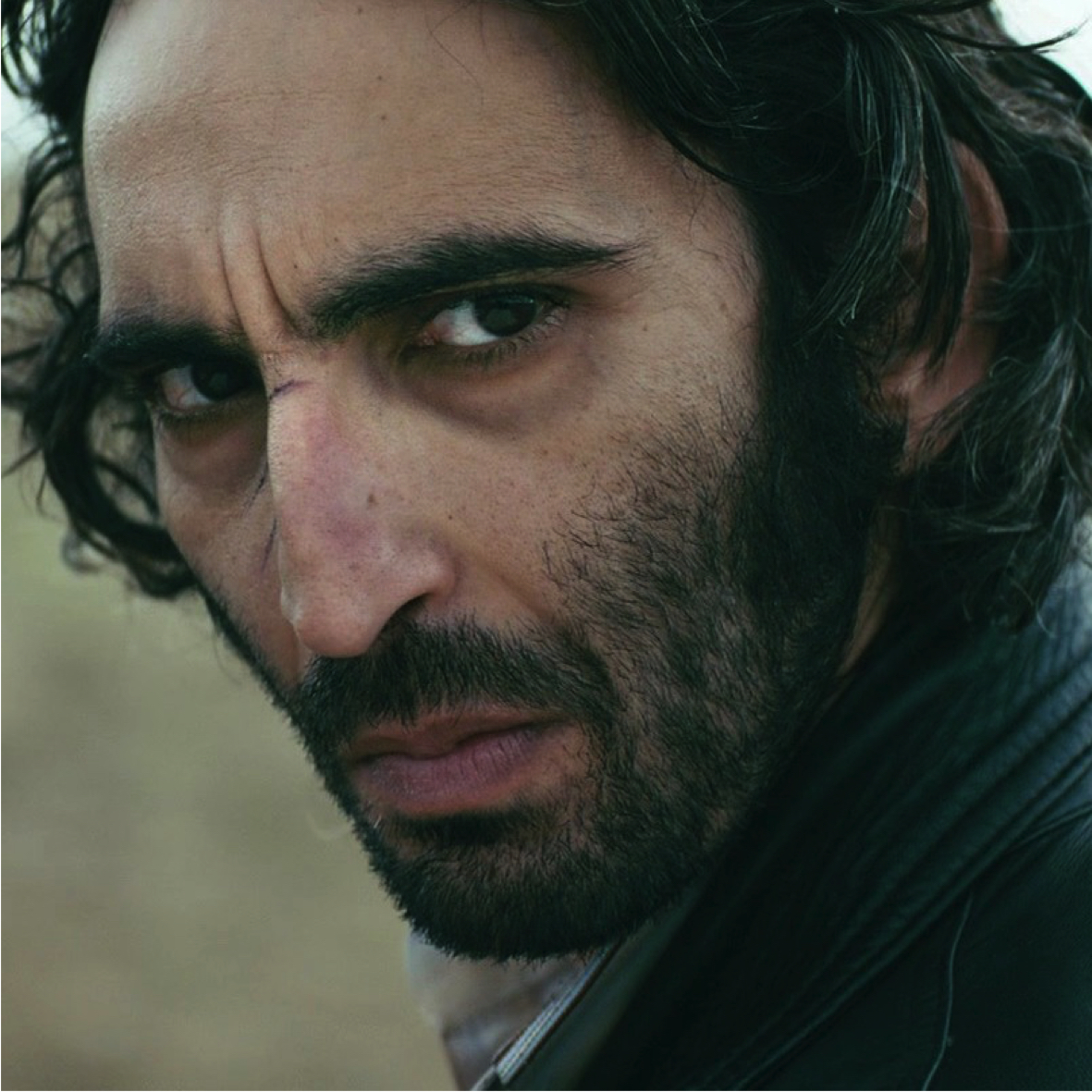Nuri Bilge Ceylan’s complex tale of murder in the Turkish countryside
Once upon a time in Anatolia, wandering Persian mystics surrendered their souls to the Beloved, itinerant bards recited tales of love and chivalry to the sounds of the saz, and nomads and bandits roamed the steppes far and wide on horseback, in the great tradition of their Turkic forebears. Nuri Bilge Ceylan’s recent film, Once Upon a Time in Anatolia (a reference to Sergio Leone’s Once Upon a Time in the West), however,has little to do with the reckless beauty of the Anatolian plains; rather, it tells of a murder investigation – based on true events – in which the darker aspects of the Turkish countryside are chillingly depicted.
Kenan - the film’s gangly, scruffy protagonist - has committed a murder, along with an accomplice. Not being much of a professional killer, he is shortly accosted by the local police, an inspector, and a doctor, who painfully strive to get Kenan to divulge the whereabouts of his victim’s corpse. Unluckily for them, however, Kenan is somewhat dazed and inebriated, and isn’t as of much help as they’d like him to be.
Kenan ends up taking his captors on a tour of the bleak Anatolian countryside, and the scenes that ensue seem as if they could have come straight from the pages of Orhan Pamuk’s The New Life. Kenan, in his stupor, has extreme difficulty pinpointing the exact spot where he buried the poor fellow alive (a fact revealed towards the end of the film), and everybody’s patience begins to wear thin. However, after a series of inconsequential events and scenes here and there, the bound and gagged corpse is eventually unearthed, and taken to a local hospital for an autopsy.
Ceylan is able to create a cast of wonderfully rounded, three-dimensional characters, giving directors with even the most intricate of scripts a run for their money
Similar to most noteworthy Iranian films, and recently, a good number of Turkish ones as well (e.g. Reha Erdem’s My Only Sunshine), Once Upon a Time in Anatolia is not so much about the plot, as it is about the way in which the film’s story is brought to life on screen. Ceylan’s film is nearly three hours long, and you certainly feel every second of it throughout, as do the characters themselves. Kenan, along with the band of police, the inspector, and the doctor, all become – for lack of a better phrase – sick and tired of the investigation, and by the end, are despondent and forlorn. Accordingly, to impart this feeling of weariness to the audience, Ceylan uses a variety of techniques, mastered to perfection.

In some scenes, we see cars driving along the winding roads of the steppes, until they slowly fade away into tiny, unrecognizable dots, bringing to mind the films of Iranian director Abbas Kiarostami. In others, the dialogue is sparse and brusque, and we see the characters lost in an almost meditative state among the dark vistas. Although nothing much quite happens in the film, Once Upon a Time in Anatolia is more an experience than anything else. Listening to the trivial banter of the police as they uselessly search for one barren spot after another, watching the doctor slowly perform an autopsy on a corpse in a scene that is hauntingly real, or simply witnessing the various extended moments of despair and anguish faced by Kenan, one feels as if they are actually present in the unfolding events. While at first, the drawn out periods of silence and contemplation as well as the intermittent chatter and occasional ejaculations might seem to be trivial, they in fact serve as poignant tools for character development throughout the film. Through such methods, Ceylan is able to create a cast of wonderfully rounded, three-dimensional characters, giving directors with even the most intricate of scripts a run for their money.
I’m not going to lie – sitting through Once Upon a Time in Anatolia, I felt like time had stood still, and on numerous occasions, found myself nodding off. However, as with many films and books, it’s in looking back in retrospect that one is able to truly appreciate their artistic merit. As well, to Ceylan’s credit, I must say it’s certainly the most moving depiction I’ve seen of the Anatolian countryside on film, which offers a unique perspective on rural Turkish life, as well as a masterful exploration of human emotions, internal struggles, relationships, and the Turkish psyche.
